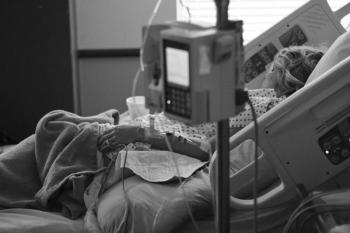
Despite early buzz, remdesivir, hydroxychloroquine, lopinavir, and interferon beta-1a failed to reduce mortality, hospital stays.
Brian P. Dunleavy has been covering health and medical research for more than 25 years, for United Press International and EverydayHealth.com, among other outlets. He is also the former editor of Infectious Disease Special Edition. In addition, he has written on other subjects for Biography.com, History.com, the Village Voice and amNewYork, among others. He holds a master’s degree from the University of Missouri School of Journalism.

Despite early buzz, remdesivir, hydroxychloroquine, lopinavir, and interferon beta-1a failed to reduce mortality, hospital stays.

Accuracy of test may be influenced by size of population to be screened and prevalence of COVID-19 within that population.

Findings highlight the importance of limiting “nondiscriminate broad-spectrum antibiotic exposures.”

A similar shutdown seems inevitable, but there may be an alternative.

Disagreement among health officials, politicians, and the media leads to inconsistent levels of compliance with guidelines.

As researchers develop ways to assess the effects of the pandemic on criminal activity, a new report documents the impact on those incarcerated.

COVID-19 places the physical and mental health of healthcare workers at risk—and it’s time to take action.

Efforts to speed diagnosis among men might help stem the spread of the disease.

Commentary outlines “best practices” for studies looking into possible treatments, vaccine.

Community-acquired infections—including those associated with outpatient settings—are still problematic, authors say.

AEI’s report outlines needed steps for country to return to health—and business.

This is not the first infectious challenge society has faced, and nor will it be the last.

In the midst of the ongoing COVID-19 pandemic, it’s easy to forget that the United States was already in the midst of a crisis before the virus arrived on these shores: the opioid epidemic.

With community-acquired pneumonia (CAP), the numbers tell the story.

Is the US prepared for a pandemic? Signs and recent assessments suggest, no.

An article in Open Forum Infectious Diseases includes advice from and support for fellowship program directors.

System hospitals are proactive in reducing incidence of C diff infections and CLABSIs, according to study in JAMA Network Open.

There could be viable options within a few months, but will it be in time to contain an outbreak?
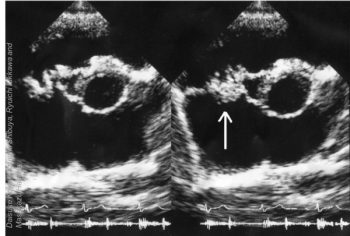
A study and commentary in The Lancet highlight unique challenges posed by controlled-release drugs.

Agencies such as the CDC have taken principles on-board over the past 10 years, better sharing information on outbreaks in both animals and humans.

A report suggests governments can significantly reduce the economic toll of epidemics with a (relatively) small investment.
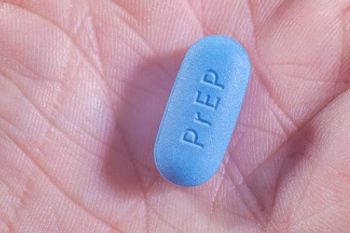
New legislation, cost assistance program will likely reduce transmission.
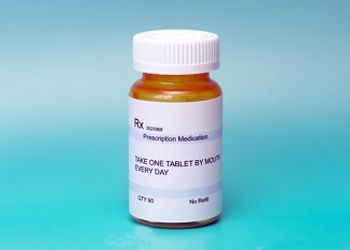
Results of a study published in Pediatrics found that 8 of 10 children with a non–β-lactam antibiotic allergy could be delabeled.

The list includes some repeat offenders from first installment in 2013.

Gathering policymakers and business leaders together to develop potential solutions lays groundwork for future real-world efforts.

Jab could save 600,000 lives, and hundreds of millions in health care costs.

The CDC�’s plan calls for 30% reduction in C diff infections, but work remains to be done.

Two patients with confirmed diagnosis receive care at Beijing hospital and are quarantined, suggesting the outbreak has been controlled.

Agency’s annual report on healthcare-associated bugs highlights reduced incidence of CLABSI, CAUTI, and C diff.
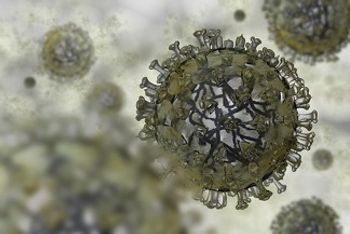
A new study from ECDC investigators highlights mortality and risk factors associated with seasonal influenza.